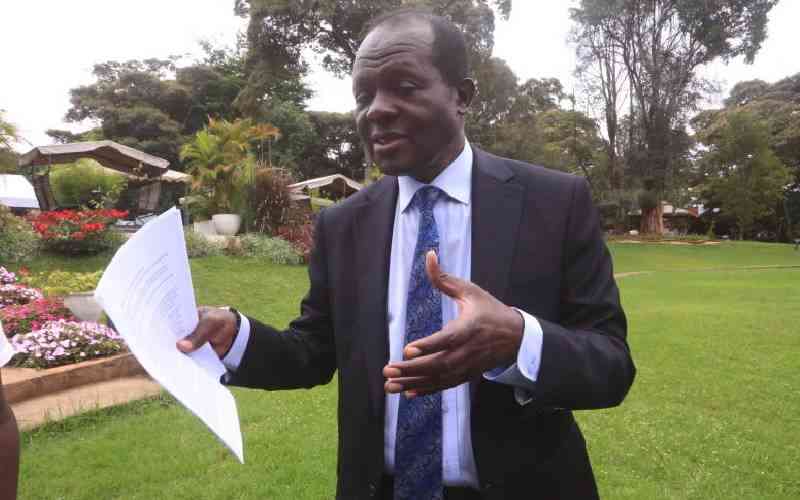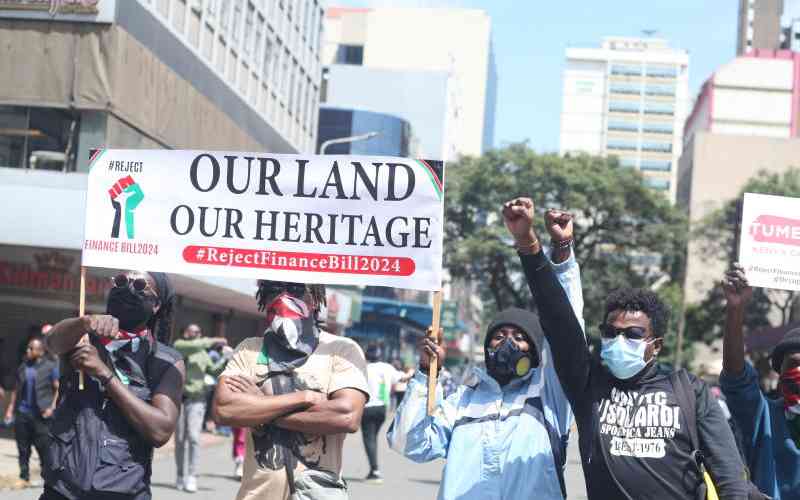By Macharia Kamau
The growing of coffee in what are perceived to be non-traditional growing zones in the country is expected to offset acreage being lost due to the booming real estate industry.
Land that has been under coffee is fast being taken up by what has is deemed to be more lucrative real estate especially in central Kenya, a move that expected to further dampen the industry that was once the country’s leading foreign exchange earner.
Investors planning to put up what has been dubbed "ultra-modern" real estate parks have acquired vast land in Kiambu County, most of which is currently under coffee cultivation. It is expected that more farmers in the region will change land use with the completion of the Thika highway that will open up the region to the more lucrative residential and commercial land use.
The Coffee Research Foundation, however, notes that new and emerging coffee growing areas can offset the acreage in Kiambu and other central Kenya regions that has been lost to real estate, allaying fears that coffee production would suffer in the long run.
The areas include parts of eastern including Machakos and the North Rift, especially the counties of Trans Nzoia, Trans Mara, West Pokot and Bomet.
"These areas do not have the constraints of land, they report good annual rains and the soils are good... there is potential not only to sustain current production levels but also to increase production by two to three times over the next three to five years," said Joseph Kimemia, the director of research at the Coffee Research Foundation.
The current annual production of coffee in Kenya stands at 50,000 tonnes, which is way below 100,000 tonnes produced annually during the late 1980s.
Dr Kimemia noted that with the new and emerging coffee production areas, production in the course of the next decade is projected to increase to well over 300,000 metric tonnes per year.
"With increase in the acreage under coffee through getting more areas to adopt coffee as well as yield per tree can see a significant increase in production of coffee," he said.
Demand for the crop has been growing in the recent past to outstrip demand. Currently, the global production stands at 133 million bags while consumption is 134 million bags.
The developments in the global market are a contrast to the local happenings where there has been a decline in the status of the commodity in the country from being the number one export crop in terms of earnings to third after tea and flowers.
 The Standard Group Plc is a
multi-media organization with investments in media platforms spanning newspaper
print operations, television, radio broadcasting, digital and online services. The
Standard Group is recognized as a leading multi-media house in Kenya with a key
influence in matters of national and international interest.
The Standard Group Plc is a
multi-media organization with investments in media platforms spanning newspaper
print operations, television, radio broadcasting, digital and online services. The
Standard Group is recognized as a leading multi-media house in Kenya with a key
influence in matters of national and international interest.
 The Standard Group Plc is a
multi-media organization with investments in media platforms spanning newspaper
print operations, television, radio broadcasting, digital and online services. The
Standard Group is recognized as a leading multi-media house in Kenya with a key
influence in matters of national and international interest.
The Standard Group Plc is a
multi-media organization with investments in media platforms spanning newspaper
print operations, television, radio broadcasting, digital and online services. The
Standard Group is recognized as a leading multi-media house in Kenya with a key
influence in matters of national and international interest.









